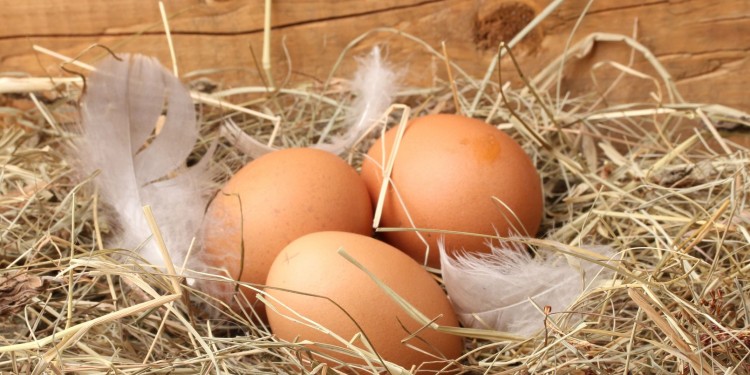
Disinfection or sterilization can be defined as the process of removing microorganisms by chemical or physical agents.
The disinfection process must follow the following assumptions and have the following characteristics: ensure good penetration into the infected site and the disinfectant compound must act on a broad spectrum with the lowest rate of toxicity. The action should be fast in order not to spread the contamination and the measure must also be economical.
There are equipments that allow a particular production process to have an efficient disinfection stage. In the poultry industry, we can highlight some equipments such as disinfection arches with chicken dampener and egg disinfection machines.
Here we can highlight the physical disinfection methods, filtration, radiation, dry heat and moist heat. The electromagnetic radiation as a technique used in materials that cannot be heated is also noteworthy. As for the mechanism of disinfection by chemical agents, first, second and third degree disinfectants are used.
These three types of disinfectants differ from each other by the mechanism of action of each. As in the first case, alkylation (bactericidal), in the second protein denaturation (bactericidal action) and third the chelation (bacteriostatic mechanism).
The degree of chemical disinfection also relates tothe types of pathogens that are destroyed:
1st degree – high disinfection: there is the destruction of vegetative forms, spores, bacilli and viruses;
2nd degree – mild disinfection: destruction of viruses and bacteria, but not spores;
3rd degree – low disinfection: destruction of vegetative forms of bacteria and not of viruses and bacilli.
With disinfection in a well-established processing line, we can increase productivity to a level of quality higher than average. Besides keeping the batches of products from being contaminated by pathogens, the disinfection process is a measure which provides a better working condition for operators.
With the reduction of pathogens, employees are also less likely to contract some kind of disease, derived from the handling of certain raw materials or products that are being processed in a row.
The disinfection process ensures superior quality to processed products, thus meets international quality requirements, facilitating the export process.
The preservation of animal health is also a benefit of disinfection of facilities and materials. Special attention to sanitation (cleaning and disinfection) of the sheds after the occurrence of any disease or before the housing.
Cleaning and disinfection of the premises must be performed correctly to present adequate efficacy. Furthermore, the removal of organic matter is essential for the disinfectant to show good results.
Have any doubts about the disinfection process? Leave us a comment below!